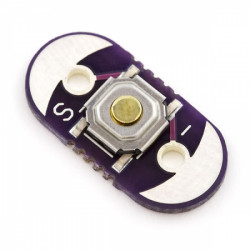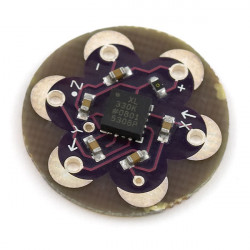All pictures are for illustrative purposes only.
Store address and hours
location_on 4131 Fraser St. Vancouver BC Get Directions
phone 604-875-1993 Call us
access_time Hours
| Monday - Friday | 9AM - 5:30PM |
| Saturday - Sunday & Holidays | Closed |
| See Holiday Hours | |
Closed
• Opens at 9AM

close
Menu
-
 close
close -
CATEGORIES
-
-
-
-
-
-
-
-
-
-
-
-
-
Featured Item
-
-
-
-
-
-
-
more electrical devices
More electrical devices -
more electrical devices
More electrical devices
-
-
more electrical devices
More electrical devices -
more electrical devices
More electrical devices
-
-
Featured Items
-
more electrical devices
More electrical devices
-
-
-
-
-
-
-
-
Featured Item
-
-
-
-
-
-
-
Featured Items
-
-
-
-
-
-
-
-
Featured Items
-
-
-
Featured Items
-
-
-
-
-
-
-
-
-
-
-
Featured Items
-
-
-
-
-
-
-
-
-
Featured Items
-
-
-
-
-
-
featured
-
-
-
Featured Items
-
-
-
-
-
-
-
Featured Items
-
-
-
-
-
Featured Items
-
-
-
-
Featured Products
-
-
-
More Filaments
More Filaments
-
-
-
-
more electrical devices
More electrical devices
-
-
more electrical devices
More electrical devices
-
-
Electrical Devices
-
-
-
more electrical devices
More electrical devices
-
-
-
-
-
-
-
Featured Products
-
-
-
Featured Products
-
-
-
-
BRANDS
-
-
-
-
Brands/Manufacturers
-
-
Manufacturer 3
-
-
- PROJECTS
-
COMMUNITY
-
- SALE Sale
LILYPAD MAIN BOARD
Description
| Overview |
|---|
| The LilyPad Arduino is a microcontroller board designed for wearables and e-textiles. It can be sewn to fabric and similarly mounted power supplies, sensors and actuators with conductive thread. The board is based on the ATmega168V (the low-power version of the ATmega168) or the ATmega328V. The LilyPad Arduino was designed and developed by Leah Buechley and SparkFun Electronics. |
| Summary | |
|---|---|
| Warning: Don't power the LilyPad Arduino with more than 5.5 volts, or plug the power in backwards: you'll kill it. | |
| Microcontroller | ATmega168V or ATmega328V |
| Operating Voltage | 2.7-5.5 V |
| Input Voltage | 2.7-5.5 V |
| Digital I/O Pins | 14 (of which 6 provide PWM output) |
| Analog Input Pins | 6 |
| DC Current per I/O Pin | 40 mA |
| Flash Memory | 16 KB (of which 2 KB used by bootloader) |
| SRAM | 1 KB |
| EEPROM | 512 bytes |
| Clock Speed | 8 MHz |
| Programming |
|---|
| The LilyPad Arduino can be programmed with the Arduino software. *Note*, the LilyPad Arduino should only be programmed with software versions 0010 or higher. You can program it with earlier versions, but all of the time related functions will be off (twice as slow as they should be). |
| The ATmega168V or ATmega328V on the Arduino LilyPad comes preburned with a bootloader that allows you to upload new code to it with the Arduino software. You can also bypass the bootloader and program the ATmega through the ICSP (In-Circuit Serial Programming) header |
| Power |
|---|
| The LilyPad Arduino can be powered via the USB connection or with an external power supply. |
| If an external power supply is used, it should provide between 2.7 and 5.5 volts. This can come either from an AC-to-DC adapter (wall-wart) or battery. Again, don't power the LilyPad Arduino with more than 5.5 volts, or plug the power in backwards: you'll kill it. |
| Physical Characteristics |
|---|
| The LilyPad Arduino is a circle, approximately 50mm (2") in diameter. The board itself is .8mm (1/32") thick (approximately 3mm (1/8") where electronics are attached). |
| Washability |
|---|
| Wash at your own risk - we do ;). We recommend washing projects by hand with a mild detergent. Drip dry. Make sure you remove your power supply first! |
Frequently bought together
Related products
Your recently viewed products



























































































.png)





























